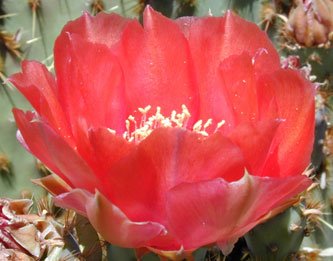Fortunately, this is the point at which everything got better. The Lisbon terminal was unbelievably crowded at 10 pm on a Tuesday, and the tourist desk was still open. The lovely young lady who spoke perfect English knew at once why our debit card was rejected. It seems that since we were here last, Europe has gone to a 6-digit PIN and of course ours is only 4 digits. The trick is to push "OK" twice and the money comes out. The taxi driver spoke good English and was full of tips for seeing the town and the country. When I went into the hotel while Al settled up, as soon as I said that we had reservations, the desk clerk said "Oh yes, Wendler." Wonderful.
One benefit of a long travel day is that we were so tired that we slept for 8 hours and awoke on Lisbon time. The breakfast buffet at the hotel consisted of, among other things, yogurt, fresh fruits and juices, four kinds of wonderful bread, croissants, ham, jam, cheeses, and Starbucks quality coffee. Al immediately slipped into his European mode, almost purring with delight. Did I mention that the sun was also shining and that our hotel room had a view of the Rio Tejos in the distance?
On with the walking shoes and off to the Avenue Liberdade, a couple of blocks away. This is a 90-meter wide street with a broad tree-lined pedestrian walkway in the center, punctuated by water features and cafes, flowers and benches. The walkway, like all those in the Lisbon, consists of small irregularly-square paving stones, 2 to 3 inches on a side which must be brutal on the stiletto heels worn by the oh-so-fashionable women. Al kept up a running commentary on the women (bare midriffs, footwear, red haircolor), automobile models that are not seen in the US, the pastry shops, and the monumental sculptures in each of the successive squares that we encountered as we made our way south to the river over a period of about an hour. It is Easter Week and the town is full not only of Portuguese on holidays but Brits and northern Europeans looking for the sun.
At the last plaza down by the river, the Praca Comercial, we hopped onto a double-decker bus for a tour of the city. Lisbon was largely destroyed by an earthquake 200 years ago but by our western USA standards, the town still looks pretty old. A late lunch of grilled sardines and grilled squid at an outdoor cafe topped off the afternoon. We have commenced eating our way through the Continent and it's pretty doggone good.
On our second day in Lisbon, the number of tourists had at least tripled. I knew just how the grilled sardines felt as we joined the hordes heading west on the number 15 tram toward Belem. After half an hour of increasingly sweaty and intimate contact with fellow tourists we all spilled out at the same stop, the Monasteiro Jeronimo where the line into the former monastery was truly awesome. We admired the intricately carved limestone entrance portal and then strolled down to the quiet end of the building to see the Maritime Museum. If you remember your history, Portugal was once the premier country in naval exploration of the world and the most wealthy colonial power. All this ended in the 18th century, but they haven't forgotten a thing. The Maritime Museum is a tribute to Portugal's former glory and is chockfull of more ship models than a person can look at in a lifetime. Glassy-eyed, we stumbled out past the full-size royal barges (dating back to 1720) for a delightful lunch of a bacalhau (salt cod, better than it sounds), potato and cheese casserole at the museum cafe.
The tram ride into town was worse than the ride out but I finally figured out why everyone speaks English to us, as if we have this sign saying "American" on our foreheads. It's not that we are so much American as we are "not Portugese". I watched a young Portugese woman strike up a conversation with another woman her age. When the Portugese discovered that the other was Spanish, she switched into English so they could converse. Most signs and many of the billboards are in both Portugese and English, thus it appears that the non-native default is English. We later found out that this year they started teaching English as early as kindergarten.
Back in town, we viewed competing "living statues" in adjacent squares in the pedestrian-only district. One of the statues had a sign boasting of his multiple world records and his inclusion in the Guinness Book of World Records. Now there's a career path that your high school counselor never mentioned!





0 Comments:
Post a Comment
<< Home